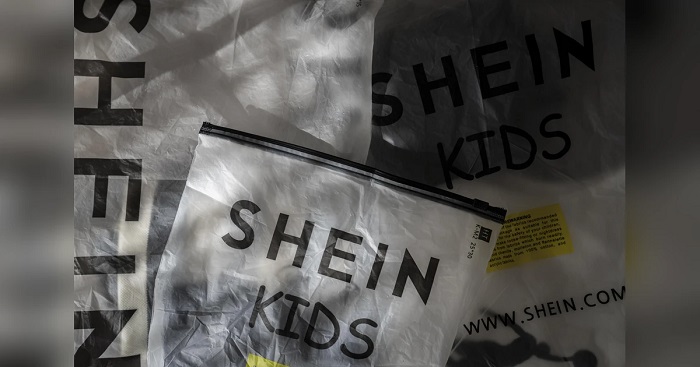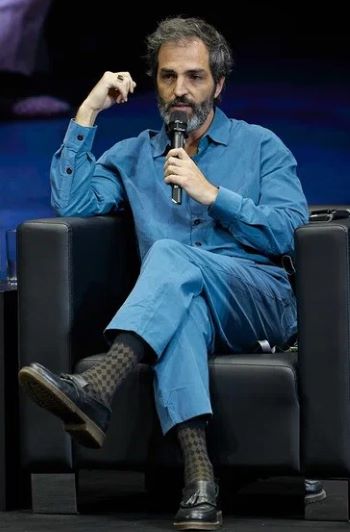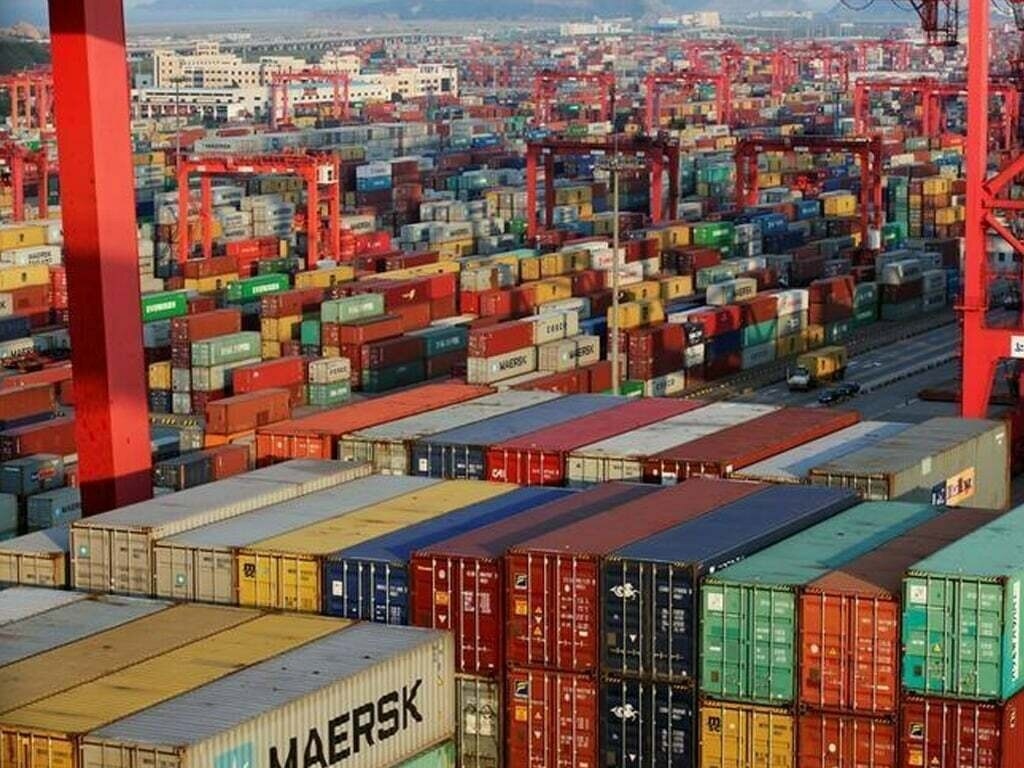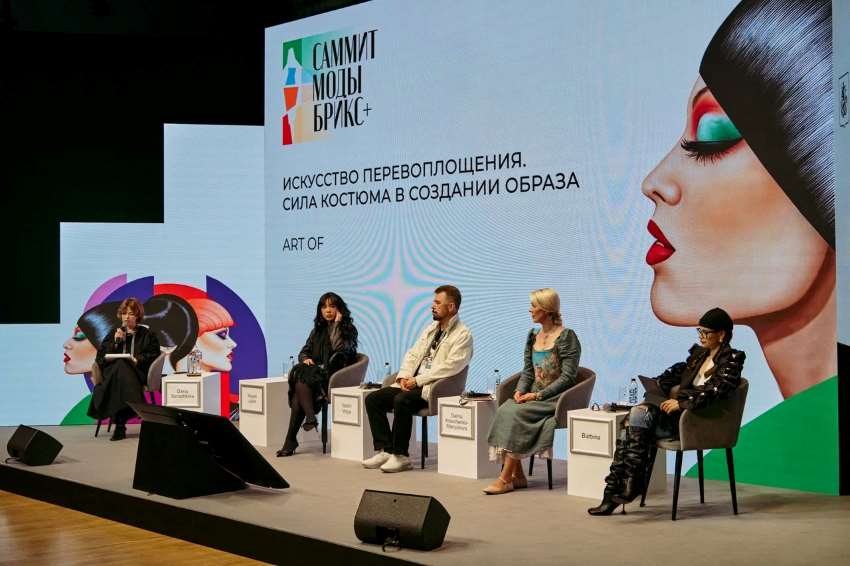"Though it’s difficult for the millennial to imagine the UK as a mass producer of clothing and textiles, the nation in 1970s had a thriving textile manufacturing industry. The industry started to drift slowly by early 1980s when retailers and brands relocated to emerging markets in a bid to cut costs and increase margins. The bulk of this manufacturing drifted to China, which effectively began churning out goods for markets across the globe. In the early 2000s, the UK clothing and textiles sector reached its low¬est number of employees, totaling only about 90,000 workers. As expected, with a big fall in demand, factories across the UK closed down, although some firms specialising in tailoring, outerwear and premium knitwear clung on to British soil."
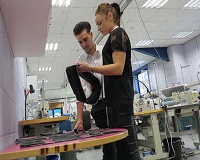 Though it’s difficult for the millennial to imagine the UK as a mass producer of clothing and textiles, the nation in 1970s had a thriving textile manufacturing industry. The industry started to drift slowly by early 1980s when retailers and brands relocated to emerging markets in a bid to cut costs and increase margins. The bulk of this manufacturing drifted to China, which effectively began churning out goods for markets across the globe. In the early 2000s, the UK clothing and textiles sector reached its low¬est number of employees, totaling only about 90,000 workers. As expected, with a big fall in demand, factories across the UK closed down, although some firms specialising in tailoring, outerwear and premium knitwear clung on to British soil.
Though it’s difficult for the millennial to imagine the UK as a mass producer of clothing and textiles, the nation in 1970s had a thriving textile manufacturing industry. The industry started to drift slowly by early 1980s when retailers and brands relocated to emerging markets in a bid to cut costs and increase margins. The bulk of this manufacturing drifted to China, which effectively began churning out goods for markets across the globe. In the early 2000s, the UK clothing and textiles sector reached its low¬est number of employees, totaling only about 90,000 workers. As expected, with a big fall in demand, factories across the UK closed down, although some firms specialising in tailoring, outerwear and premium knitwear clung on to British soil.
Market revival
In 2007, Zara swooped on to the global market, creating a fast fashion model that others envied. Some retailers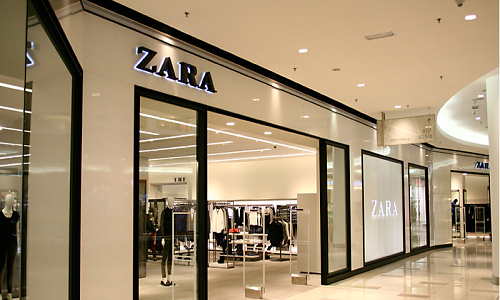 and brands started to bring manufacturing – albeit a small amount – back to the UK. This resurgence was also fuelled by a newly found interest in Made in UK products. The emerging BRICs economies (Brazil, Russia, India and China) created a new wave of consumers with new spending power, and they desired British-made goods.
and brands started to bring manufacturing – albeit a small amount – back to the UK. This resurgence was also fuelled by a newly found interest in Made in UK products. The emerging BRICs economies (Brazil, Russia, India and China) created a new wave of consumers with new spending power, and they desired British-made goods.
The biggest increase came from a rise in the number of garment manufacturers, up 10.7 per cent to 3,830 companies, while the number of textile producers had increased 4.9 per cent year on year to 4,030. This growth was attributed to the rising cost of overseas production, increasing need for supply control and flexibility, and growing demand for UK-produced clothing.
The number of people employed in textile and clothing manufacturing (including self-employed) was at its highest level since 2006, at about 132,000. The UK’s decision to leave the European Union also encouraged retailers to look closer home for sourcing. The weakness of sterling since the Brexit vote – and the attendant effect on exchange rates – resulted in higher import costs, and makes buying in pounds from within the UK a more attractive prospect than it has been for some time.
Workforce limitations
A survey of textiles employers for a report published by the Alliance Project in 2015 revealed, the potential for rejuvenated UK textile manufacturing, 37 per cent of the firms felt that skills shortages were a barrier to growth. Almost half (49 per cent) reported hard-to-fill vacancies, and half said their recruitment problems in the past two years had related to small numbers of applicants with the experience and qualifications required.
In April 2017’s ONS Labour Force survey found the UK’s textiles workforce stood at 127,500 across all skill levels, from packing and warehouse staff to board directors. The age profile of workforce is another limitation. A lot of manufacturing workforce is above 40. So the brands have to make manufacturing more appealing to young people and urge to take it up as a career. The prospect of Brexit makes predictions about how UK manufacturing will pan out, tough. But most analysts remain ¬optimistic. Certainly, the industry needs to rally together to help keep up the momentum.


